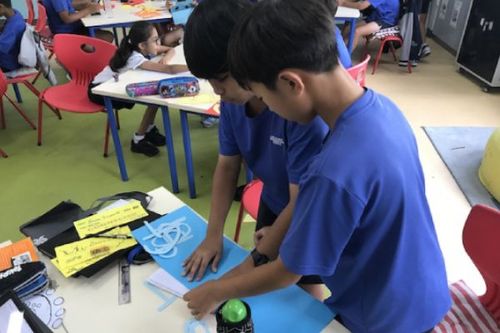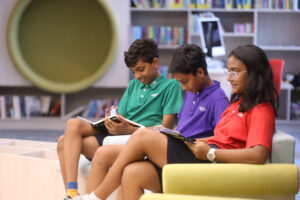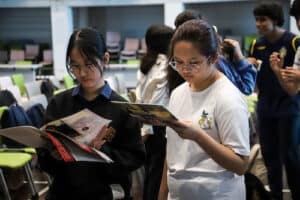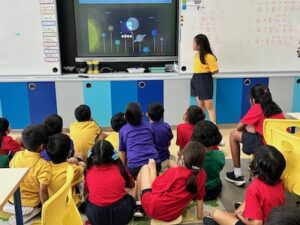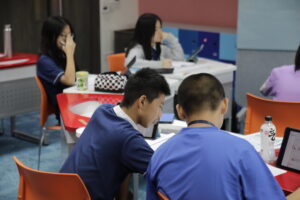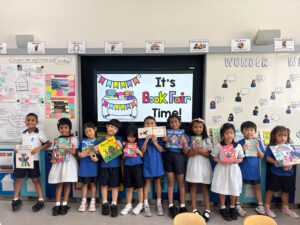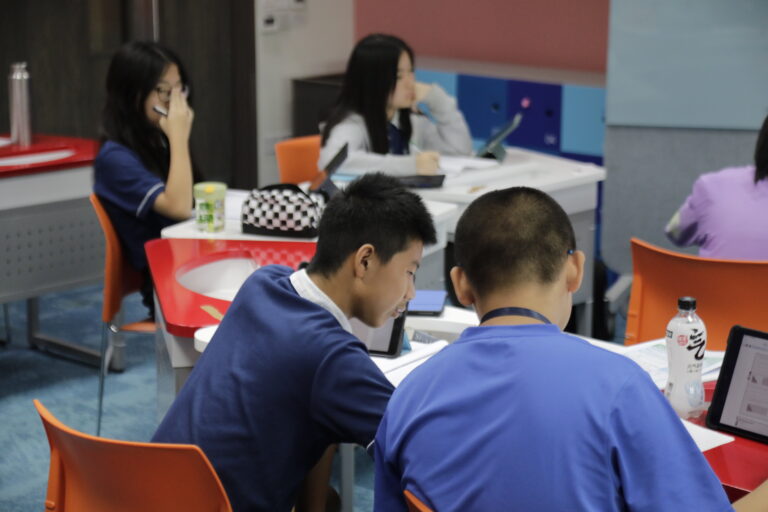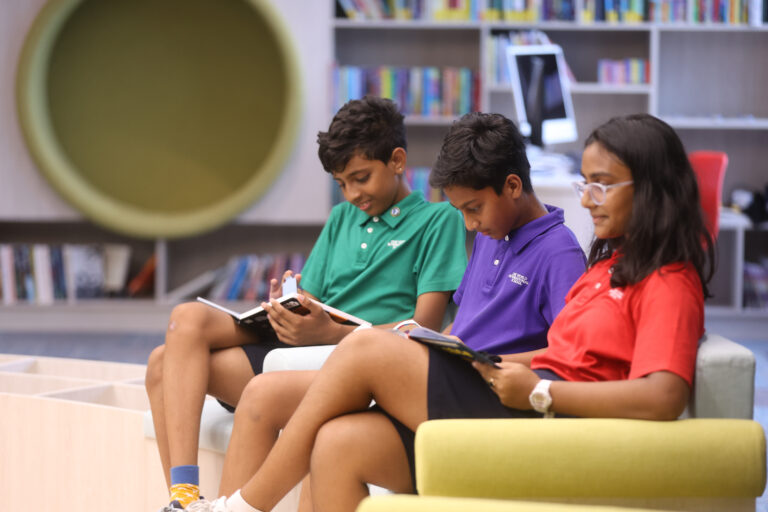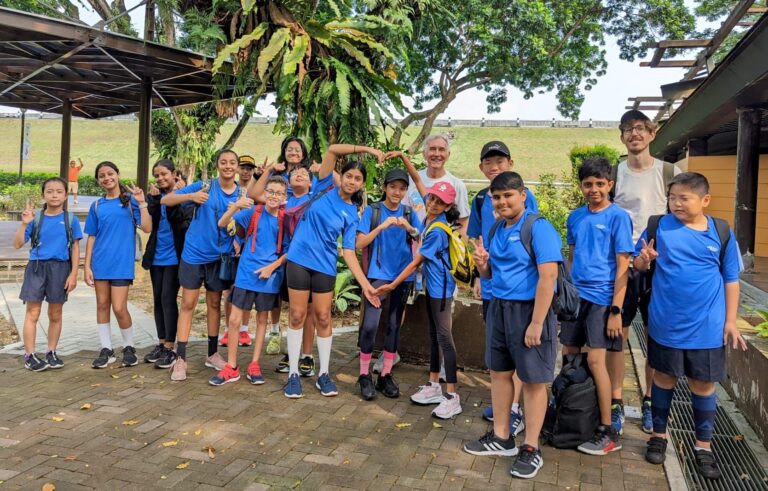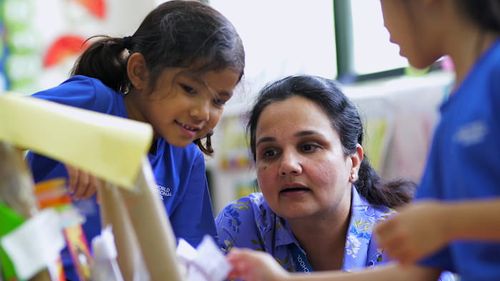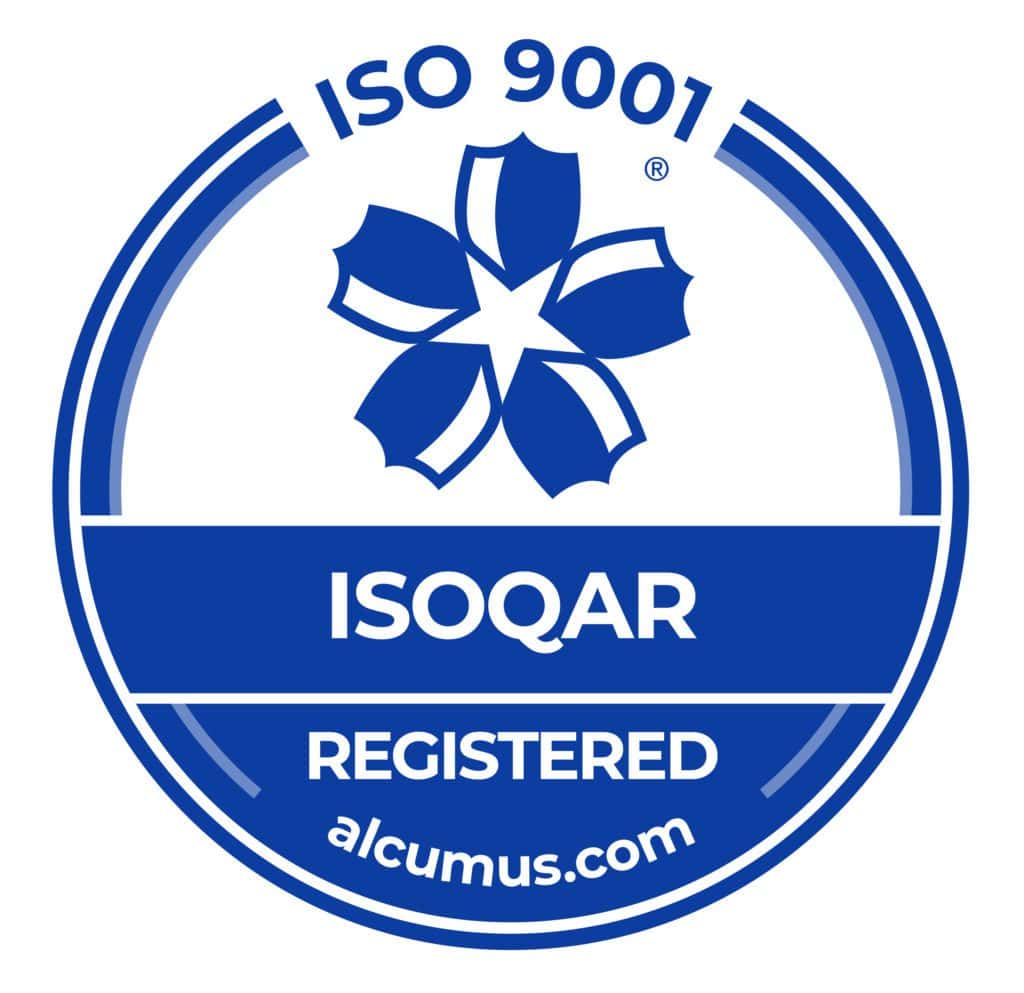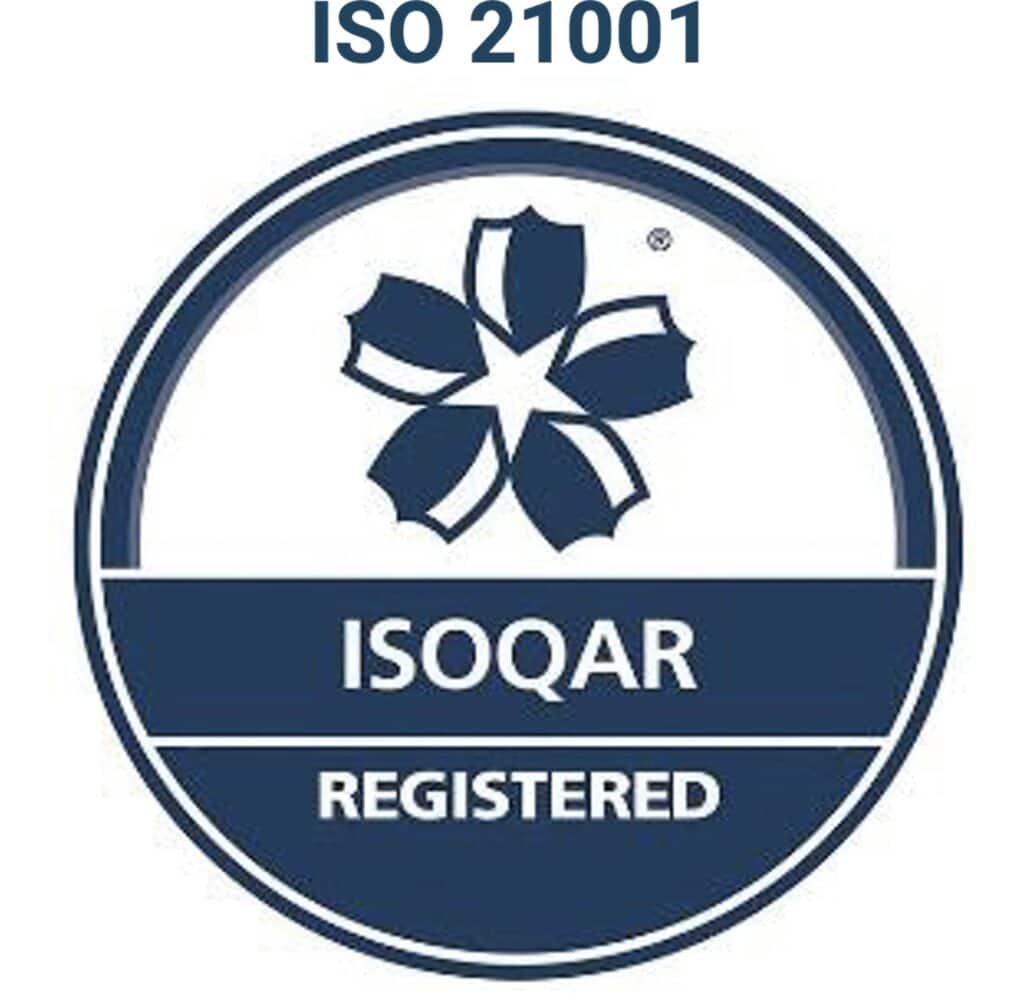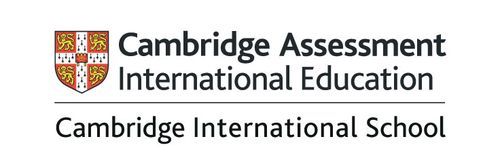It is project time in a primary classroom and students look expectantly at the teacher. But this isn’t a school that believes in the traditional education approach of handing students the same assignment and seeing how they fare.
Instead, the teacher offers a theme with a broad scope to the students and asks them to interpret it individually or in small groups, and present the result of their thought process back to the class after two weeks. As a result, one student presents a 3-D model, another has written a skit to highlight the theme, and yet another pair created a video with a catchy audio track on the topic.
Welcome to an inquiry-based classroom in a primary school that believes in child-led learning.

What is Child-Led Learning in the Primary School Context?
Child-led learning refers to an educational approach in which children are given opportunities for autonomy and to take ownership of their learning. In the primary school context, this translates into encouraging children to have a voice and choice in what and how they learn.
For the success of this approach in schools, three elements are mostly required:
- Experienced educators who understand the nuances of how this form of autonomy would work and are open to work as moderators or facilitators
- The framework of a transdisciplinary curriculum, which allows multifaceted exploration and discovery within certain guidelines
- Specific zones designed for the purpose and a timetabled schedule which allocates time for this form of learning, which may be based on the vision of the school, the resources and the expectations of parents
Child-led learning and inquiry-based learning have a close-knit relationship; after all, it would be difficult to nurture the spirit of inquisitiveness with rigid questions and learning processes set by the teacher and learning outcomes that are cast in stone.
Child-led learning is also associated with the concept of “student agency”. The curriculum for primary grades at OWIS Suntec is based on the IB PYP, and “student agency” is explained in the IB PYP Learner Profile. It says that children have their own intrinsic identities and capabilities, and when these are recognised in the learning process, it builds confidence and enables them to co-create their learning needs. These opportunities for students to exercise agency over their learning allows them to become partners in the learning process with their teachers as facilitators.
For example, at OWIS Nanyang, child-led learning or student agency took the form of primary students taking up initiatives of their choice to bring about change. They worked together in groups to discuss global issues and decided which problem they would like to help solve. As a result, different groups chose a beach clean-up, a bag recycling initiative and setting up a lemonade stand with the proceeds going to charity.
Child-led learning is sometimes differentiated from child-centered learning, which encompasses the concept of multiple intelligences and personalised learning. While both differ in their implementation ever so slightly, the student is at the heart of both approaches and there is no reason why we cannot draw on the best practices of both to arrive at a solution that is even more effective.
Benefits of Child-Led Learning in Primary Classrooms

Here are some of the many advantages of the child-led learning approach for young students between the ages of 6-12:
OWIS Suntec: A Private Primary School That Gives Time and Space to Child-Led Learning

At OWIS Suntec, the new campus by One World International School in the heart of Singapore, child-initiated learning will be an integral part of the balanced curriculum that we will offer. We are designing this learning aspect from the following perspectives:
- Discovery zones: There is a wide space between the classrooms, which has been designated as discovery zones. These will have sensory tables, toys and other tactile materials for Early Childhood learners to explore. For our Primary students, their discovery zones will be transformed into maker spaces, where children can let their imagination work freely and they can follow through on their own processes to reach the result they want.
- Time-tabled slots: Specific slots for child-directed learning will be pencilled into the time-tables for our Early Childhood and Primary Grades. When students become used to this form of learning, it becomes a time of the day they look forward to, whether they get to work individually or collaboratively to exercise their creativity and critical thinking skills. Further, it is a time when they get to engage in a more relaxed manner with the teacher, who will be the facilitator and this builds the harmonious partnership between the two.
- Teacher effort: The aforementioned point of time-tabled slots also encourages our experienced teachers to put a structure to the child-led learning approach and consider tools students will need to understand the context of this approach, which is often needed for its success. What they are also putting their minds to is specific activities which students can take ownership of and ways to observe development and progress in the shared decision-making process.
- Agents of change: As mentioned earlier, providing opportunities for student agency is one way to encourage children to take responsibility for the society we live in. We are devising initiatives and projects through which our primary grades can exercise their student agency to work towards a larger purpose for the greater good and feel a sense of achievement on its completion.
At OWIS Suntec, students will enjoy the benefits of child-led learning in purpose-built zones. The balanced inquiry-based curriculum, which is modelled on the IB PYP, will encourage them to explore themes from the perspectives that interest them. If you are interested to learn more about this new private primary school in central Singapore, please save your spot at the virtual open house.
This blog was originally written in collaboration with Mark Renie, former Head of School, OWIS Nanyang and Suntec.
